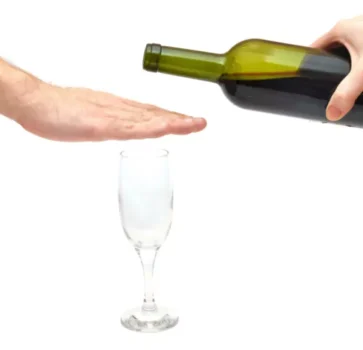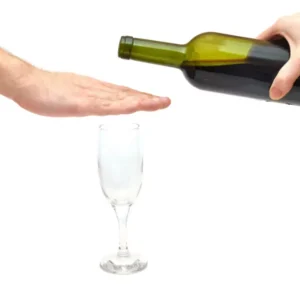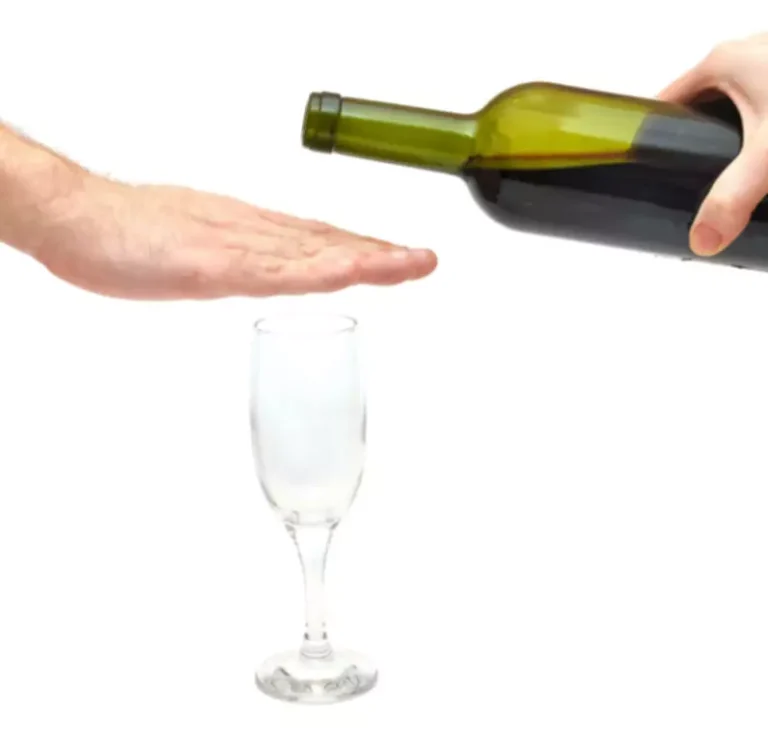Bruising and Bleeding Bruising and Bleeding
المحتويات

But if the cells that regrow your nail (called the nail matrix) are damaged, it may grow in incorrectly or you may not regrow your nail at all. These look a little like a rash with purple, red, or brown dots of blood, but they aren’t raised or bumpy. Type 1 is the mildest, type 2, and type 3 which is the most severe. Even a vitamin B12 deficiency can contribute to low platelet counts. Treatments may include medications, surgery and chemotherapy. On top of that, your blood vessels become more fragile, so even the slightest bump can leave a mark.

Does low iron make you bruise easily?

If you’re worried about your drinking habits, don’t hesitate to get help from a healthcare professional. Find out why this happens and how to get effective treatment. Once detox is complete, alcoholics can begin tackling problematic behaviors related to their addiction and learn how to live sober again. Because alcoholism is a chronic disease and alcohol relapse is common, persistence is a necessity drug addiction — but success is achievable.
Vitamin K Deficiency

In other cases, the bruising can be a symptom of easily treated nutrient deficiencies. It’s important to see a healthcare provider for an accurate diagnosis and treatment, even if the bruises typically go away in a week or two. “Having a vitamin deficiency can hinder your body’s ability to create blood clots, which can lead to bigger and darker bruises,” Dr. Johnston says. Specifically, deficiencies in vitamins K and C can cause more severe and sometimes unexplainable bruising. A doctor can perform tests to see whether a person has a vitamin deficiency. In other cases, an underlying health condition, such as inflammatory bowel disease, may need addressing.

Potential Predictors of Alcohol Use Disorders
Some people — especially women — are more prone to bruising than others. As people why do alcoholics bruise easily get older, the skin becomes thinner and loses some of the protective fatty layer that helps cushion blood vessels from injury. Most bruises form when small blood vessels (capillaries) near the skin’s surface are broken by the impact of a blow or injury — often on the arms or legs. When this happens, blood leaks out of the vessels and initially appears as a dark mark.
In the short term, it can lead to injuries, violence, and alcohol poisoning. It also increases the risk of suicide, sexual assault, and homicide. Heavy drinking can cause risky sexual behavior and unintended pregnancy. Because denial is common, you may feel like you don’t have a problem with drinking.
- In addition to easy bruising, bleeding disorders can cause frequent nosebleeds, heavy periods, and bleeding that does not stop after 10 minutes.
- While there is no direct relationship between alcohol and hair loss, heavy drinking may lead to other issues that thin out your locks.
- Fluid buildup in end-stage liver disease is a particularly ominous sign.
- Meanwhile, binge drinking focuses more on how quickly and how much you drink in one sitting.
- This will assist in avoiding dehydration and allow you to thoroughly enjoy your night without any unwanted repercussions.

When a blood vessel injury occurs uncontrolled bleeding and bruising results. Taking certain medications (aspirin, steroids) and drinking alcohol can also encourage this type of bruising to form. With so many effects on the body, the usual first step in treating alcoholism is detox—or getting alcohol out of your system. Depending on the severity of the alcohol use disorder, this stage can be mildly annoying or severe. Early withdrawal symptoms include headaches, anxiety, nausea, irritability and shaking. Easy bruising can be a sign of an underlying condition and a higher risk of bleeding overall.
Finding Detox and Treatment
- Certain dietary supplements, such as ginkgo biloba, also can increase bruising risk due to a blood-thinning effect.
- Examples of drinking in dangerous situations include driving while under the influence or drinking before operating some form of heavy machinery.
- Heavy drinking can lead to easy bruising and bleeding, and not just because you’re more prone to falling and hitting table corners when drunk.
- Alcohol impairs your cerebellum, the part of your brain that’s responsible for coordinating your movements, Swartzwelder says.
- Second, alcoholism can lead to a condition called thrombocytopenia, which is a low level of platelets in the blood.
- Synthetic versions of these clotting factors can help treat hemophilia and reduce the risk of serious bleeding and bruising.
However, there are several precautions you can take to avoid or reduce bruising while drinking your choice of alcoholic beverage. So, let us discuss how to prevent bruising from alcohol, such as drinking responsibly, keeping hydrated, eating before drinking, and a few more. You can stop bruising from alcohol by following these guidelines. When you get a bruise, an injury crushes blood vessels, but the skin doesn’t break, so there’s no external bleeding.
Renewal Center for Ongoing Recovery
Over time, drinking a lot of alcohol can cause many health problems. It increases the risk of many types of cancer, high blood pressure, heart disease, and stroke. Chronic alcohol misuse can also lead to liver disease, which often causes bruising. Liver cirrhosis is linked to bleeding complications and can even lead to the formation of a large type of bruise called a hematoma.
What is considered 1 drink?
- Once detox is complete, alcoholics can begin tackling problematic behaviors related to their addiction and learn how to live sober again.
- More seriously, this reduced clotting leads to an increased risk of stroke.
- They may look reddish-purple on lighter skin tones and brownish-black on darker skin tones.
- I consider myself to be an advocate for the addicted population.
Most people with an alcohol use disorder progress through three typical stages. If you’re experiencing alcohol symptoms like easy bruising, or you simply want to break free from alcohol misuse, Confidant is here to help. We provide online medication assisted treatment for alcohol use, so you can begin your recovery from home. What all of this means is that people who live with an alcohol use disorder are likely to consume large quantities of alcohol.
Bruising also can occur due to bleeding disorders or other rare medical conditions. Dilated blood vessels can make bleeding more likely when you drink. If you have cirrhosis from alcohol liver damage, you’re also more likely to bleed and bruise easily. Continuing to drink, even when it causes health problems, is a sign of an alcohol use disorder. Someone who lives with an alcohol use disorder may experience lasting brain changes that make it difficult to stop drinking.
